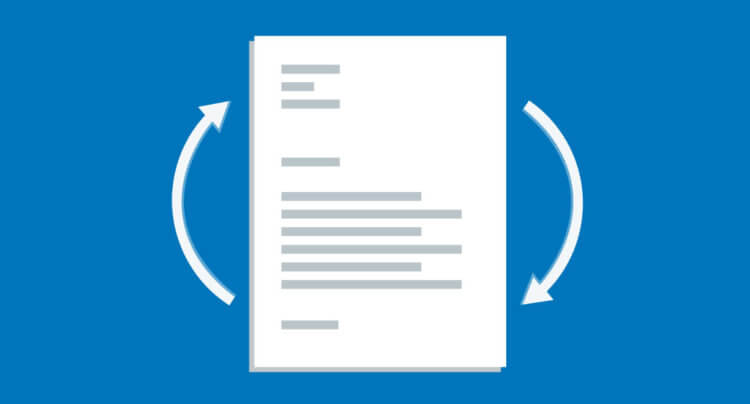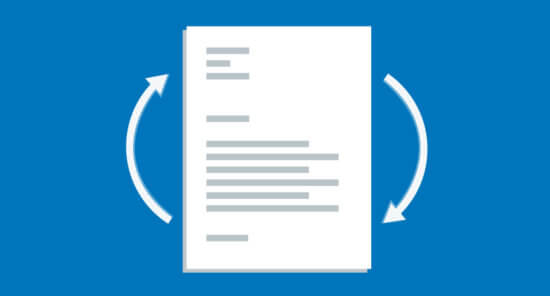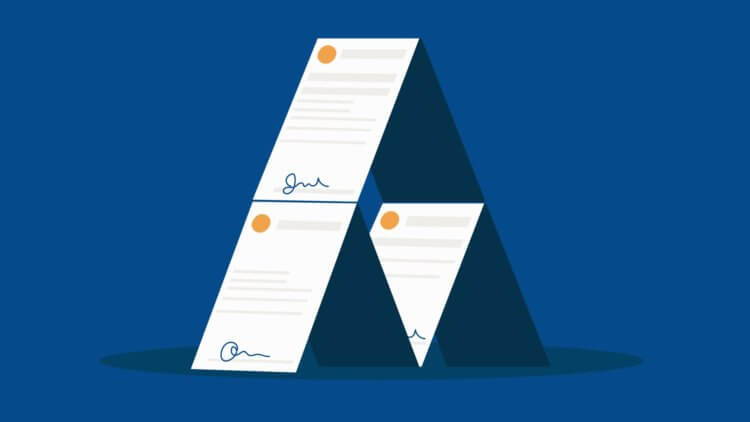Document automation allows you to automate the legal document creation process with the help of intelligent templates. For law firms, document automation provides a centralized process for producing letters, motions, pleading, invoices, and other legal documents.
In general, document automation helps firms create a high volume of documents in a short period of time while being compliant and maintaining a consistent brand. Read on to discover the countless possibilities of this technology.
With Clio Draft you can automate the generation of documents, collection of e-signatures and gathering of client information—book a demo today!

What are the types of document automation and management systems?
There are many different document automation and management systems available in the market. For lawyers, two main types of software exist when it comes to document automation:
- Standalone document automation software
- Legal practice management software with built-in document automation and management software
Let’s take a closer look at each one.
Standalone, third-party document software
Lawyers today have their choice of numerous standalone software programs that let them merge letters using prompts to input the information as they go. One issue with these programs is that they don’t allow you to pull information from a database where the data is already stored.
Also, by storing documents in a standalone, third-party document management software, you can’t tag and easily associate those documents, letters, or forms with the matter they belong to.
Other examples include pulling information from a Microsoft Word document or Excel file. The challenge? This can be extremely complicated to set up—and managing matters within Excel sheets isn’t ideal.
By automating many of the routine elements of transactional legal work, AI allows lawyers to focus on high-level analysis and strategic advice: Learn more.
Legal practice management software with built-in document automation and management features
Cloud-based legal practice management software makes it incredibly easy to run your firm, organize cases, and collaborate with your clients—all in one place. The right legal practice management software also makes automating and managing your documents seamless.
Ideally, lawyers need to be able to easily originate, edit, and share documents from one location, like Clio Manage. This means having a “one-stop shop” for all your document automation and management needs.
For routine tasks, such as legal document creation and document assembly, the last thing you want to do is waste time switching between different software. Advanced document automation features allow you to spend less time on routine document management tasks—and more of it on billable work.
How to choose the right document automation software for your law firm
Determine your needs
Looking for the right software for automating legal document creation and management in your firm? You’ll want to keep these five things in mind.
1. Budget

An important consideration with any decision is cost. When deciding on software, keep in mind the other benefits that should be included with the cost.
Is the software bundled with any other features? For example, is the document automation management software coupled with a document management system? You’ll save on cost by pursuing a system that incorporates different features, as Clio does.
2. The cost of switching to the new software
The cost of switching to the new software is the overall amount of time spent switching between different software or applications. If the document assembly software you’re considering doesn’t integrate directly with your document management system or your legal practice management software, then you might lose time changing back and forth from each application.
3. Time and effort involved with the setup

Time is money, and lawyers understand this sentiment better than most. That’s why lawyers need to select a document automation system that’s easy and intuitive to set up and saves time in the future.
As you explore different software for legal document creation and management, consider the following questions:
- How much time are you willing to commit to setting up the document automation or assembly software?
- How much do you want to be involved in this process?
- Will you need to hire someone to set this up for you? Or can you or someone in your office handle this?
- If you need to hire someone, what will that additional cost be?
- How complex of a system do you need and how complex of a system can you have?
4. How the document management system fits with your existing workflow
Lawyers with existing applications, operational processes, tasks, deadlines, and procedures in place need to examine how well a particular document automation software will mesh with the workflows they already have. Software that fits well with your current setup is necessary to keep your practice running smoothly.
5. Security
When using cloud-based software, all the data will be hosted on a third-party server. As legal professionals, there’s an ethical obligation to thoroughly vet the service providers so the information doesn’t reach the wrong hands.
Along with understanding who is responsible for hosting and storing your data, it’s imperative to know:
- How they will handle your data
- Who will have access to the data
- How robust their servers are
- What type of backup procedures they have
You may like these posts
Core features of good document automation and document management software for law firms
Finding the right document automation software for lawyers can help you grow your firm. That’s because it streamlines legal document creation, allowing you to effortlessly create an array of letters, forms, and other documents for different practice areas in no time.
Some core deciding features of a good legal document automation software should include the following:
Enables common/routine legal document creation in seconds
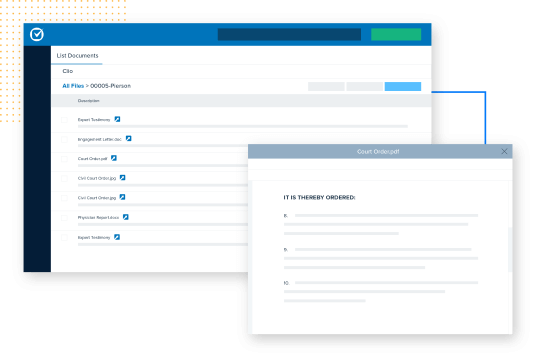
An often-overlooked requirement of any good document automation software is efficient legal document creation. That means quickly merging and populating a letter or form—and exporting that information into a PDF or Word document within seconds. Ideally, even the most complex legal documents would take far less time with document automation software.
Store an unlimited amount of legal documents
Lawyers have a lot on their minds. The last thing they need to worry about is data limits and potentially running out of space. Many document automation software and document management systems available today charge by the amount of space used. This can become very expensive, very quickly.
The right document management software should offer unlimited storage of legal documents, and provide you with the peace of mind that comes with it.
Find files quickly
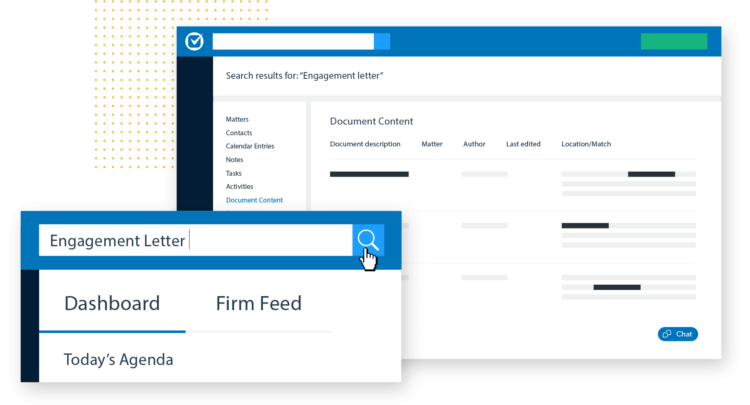
Attorneys need to be able to search for documents with ease and speed—this is a must-have feature of any software meant for lawyers. Apart from searching folders and titles, a good document management system should be able to:
- Search text within the documents themselves
- Easily find text or phrases within any PDF or Word document
Lets you use electronic signatures
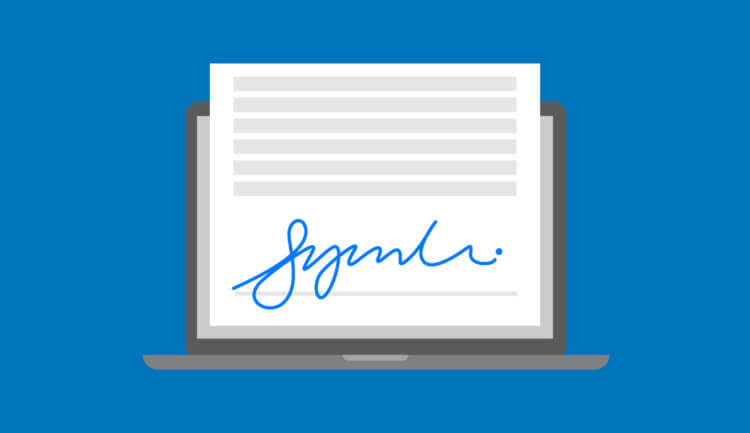
Connecting and communicating with clients remotely is becoming the norm. Collecting signatures without needing to send physical documents or being in the same room as the client is essential.
A key feature of any good document management software is the ability to quickly and easily send out newly created legal documents for signature collection using a cloud-based platform.
Lets you access your documents remotely
Oftentimes, lawyers need to access their documents remotely and at any time. If your legal documents are stored on your computer at the office, or on local servers within your firm, it can be very difficult—or impossible—to access these files remotely.
Finding a cloud-based software that allows you to access your documents remotely while at your home office or in court is an exceedingly important feature of any system.
File documents directly from the source
To get the most out of your tool, it’s best to find a solution that incorporates both document automation and management. This creates less work for lawyers by automatically filing documents in the correct place after they’ve been created.
Capture billable time from any document
By syncing your document automation and management software with your legal practice management software, you can easily bill time for a document. A good document automation software should be able to cater to different practice areas and quickly bill time to any matter or client for any document associated with that matter or client.
Sync, share, and track documents easily
Lawyers should be able to send legal documents easily and track their use securely. Every tool used should include the ability to share legal letters and forms with clients and co-counsels and sync any changes made along the way.
Be secure
A good cloud-based legal document automation and management software should keep your firm secure, making it difficult to hack the system. It should also include a strict data policy so there’s no inappropriate handling of data.
Now, let’s talk about the different tools available for lawyers and law firms.
Document automation tools

Standalone document assembly tools such as Google Docs, Microsoft Word, and Law Cloud have their strengths and weaknesses. These systems share the benefit of automating legal letters on a granular level.
One example includes customizing pronouns. However, this hyper-detailed amount of customization can become a hindrance to the setup and usage process as it can get very complicated.
If you’re looking for a robust, cloud-based document automation option, look no further than Clio Draft. With it, you can:
- Cut routine legal drafting by 80% with auto-filling court forms
- Convert Microsoft Word-based documents into easy-to-populate online templates
- Automatically populate documents with client and matter information from Clio
- Easily send, receive, and track documents requiring e-signatures
Learn how you can save time and money, increase accuracy, and simplify routine drafting with Clio Draft.
Document management systems
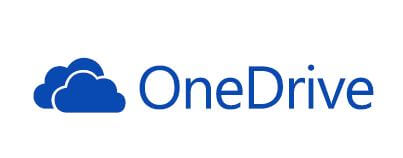
With their popularity and widespread use among legal professionals, document management systems like Google Drive, OneDrive, and Netdocs integrate with many other systems.
When paired with third-party programs, they can provide a host of additional features as an extension of their software. This makes them much more powerful as a document management system than if they were to remain a standalone product.
However, many of these programs operate by charging for the amount of space used. This can become expensive for lawyers who create a lot of legal documents and files. Furthermore, when standalone software is just linked to a third-party program, you can lose the ability to tag and easily associate documents and files with the matter of their origin.
Workflow automation tools
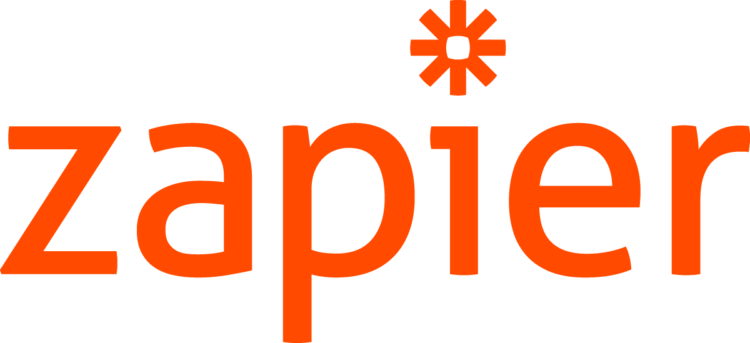
With workflow automation tools, such as Zapier, two separate programs can “talk to each other”—even if they don’t natively “talk” to each other.
Programs like this help make up for the shortcomings or missing features of any cloud software. Zapier, for instance, does this by linking up with another software that can handle those specific missing features.
If configured correctly, these tools can help lawyers create some amazing automated processes. When they don’t work correctly, or if the link stops working, they can become a headache. This is especially true of software syncs that you rely on each day. When they stop working, your workflow can grind to a halt.
E-filing tools
Clio File enables legal professionals to file, serve, and deliver court documents directly from our industry-leading legal practice management system. That means firms will be able to:
- File and serve court forms without having to switch tools
- Stay on top of state court deadlines and requirements
- Get instant status updates on filings
- Pass through 100% of filing fees to clients
Clio File is launching state-by-state. Learn if Clio File is available in your state—if it’s not there yet, you can sign up to be notified when it comes to you!
Tools like InfoTrack, NextChapter, and Alt Legal can help simplify the e-filing process for lawyers. When integrated with document automation and management systems, these applications can expedite the court filing process by easily sending and receiving documents from one place. The drawbacks to these applications are the added cost to your existing legal practice management or document management budget.
Practice management tools
Clio Grow is a client intake-oriented legal practice management software that helps lawyers track, organize, and manage clients. Coupled with Clio Manage, the companion software that handles the case as it moves to a matter or litigation, this suite effortlessly handles the life of a case from cradle to grave while offering an abundance of industry-leading features.
What is the best legal document automation software for law firms?
Ideally, the best software for law firms for document automation and management should include the core features mentioned before. To summarize, it should allow you to:
- Simplify the legal document creation process
- Store an unlimited amount of documents
- Find files quickly
- Sign electronically
- Access your documents remotely
- File documents directly from the source
- Capture billable time from any document
- Sync, share, and track documents easily
- Gain peace of mind in knowing it’s secure
This suite of core components makes the software much more powerful when combined with other features. Clio Manage is a legal document management software that offers just that. It’s for this reason Clio Manage is considered the best legal document automation and management software available.
Plus, by combining Clio Manage with Clio Draft, you can turn legal documents into reusable templates and automatically populate them with client and matter information directly from Clio!
Eager to learn more? Check out our free webinar to Watch How Law Firms Use Clio.
Implement the right legal document automation software for a more efficient law firm
This may seem like a routine task. However, lawyers looking to improve their practice need to consider the importance of automated legal documents. By implementing the right software, lawyers can significantly save time in the legal document creation and management process. In addition to this, using legal document formats and legal document templates can support efficiency and automation.
When choosing the best document automation software for your law firm, consider how it integrates with your legal workflows. From document automation tools and document management systems to workflow automation and e-filing tools, your chosen software should make running your firm easier for different practice areas by being a “one-stop-shop” for all your document automation, management, and legal practice management needs.
Ready to save time on routine, non-billable with document automation? Book a Clio Draft demo today!
Book a Clio Draft demoFor a deeper understanding of how legal automation technology can help law firms, be sure to check out The Essential Guide to Legal Document Automation.
Note: The information in this article applies only to US practices. This post is provided for informational purposes only. It does not constitute legal, business, or accounting advice.
We published this blog post in October 2020. Last updated: .
Categorized in: Technology
Learn how to use tools (like MS Word) to simplify document drafting
Are you ready to make legal document drafting easier? Learn top MS Word tips and tricks, plus how document automation tools can handle the heavy lifting for you.
Watch now